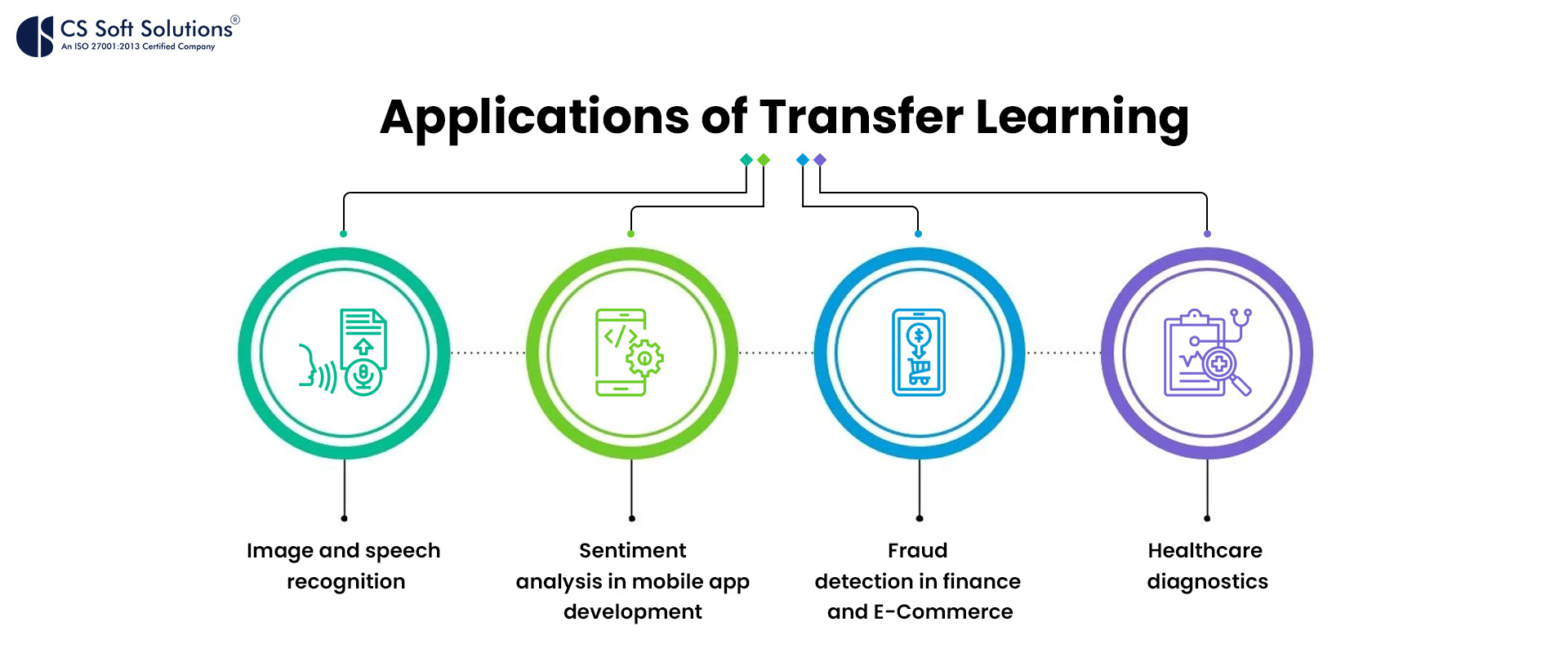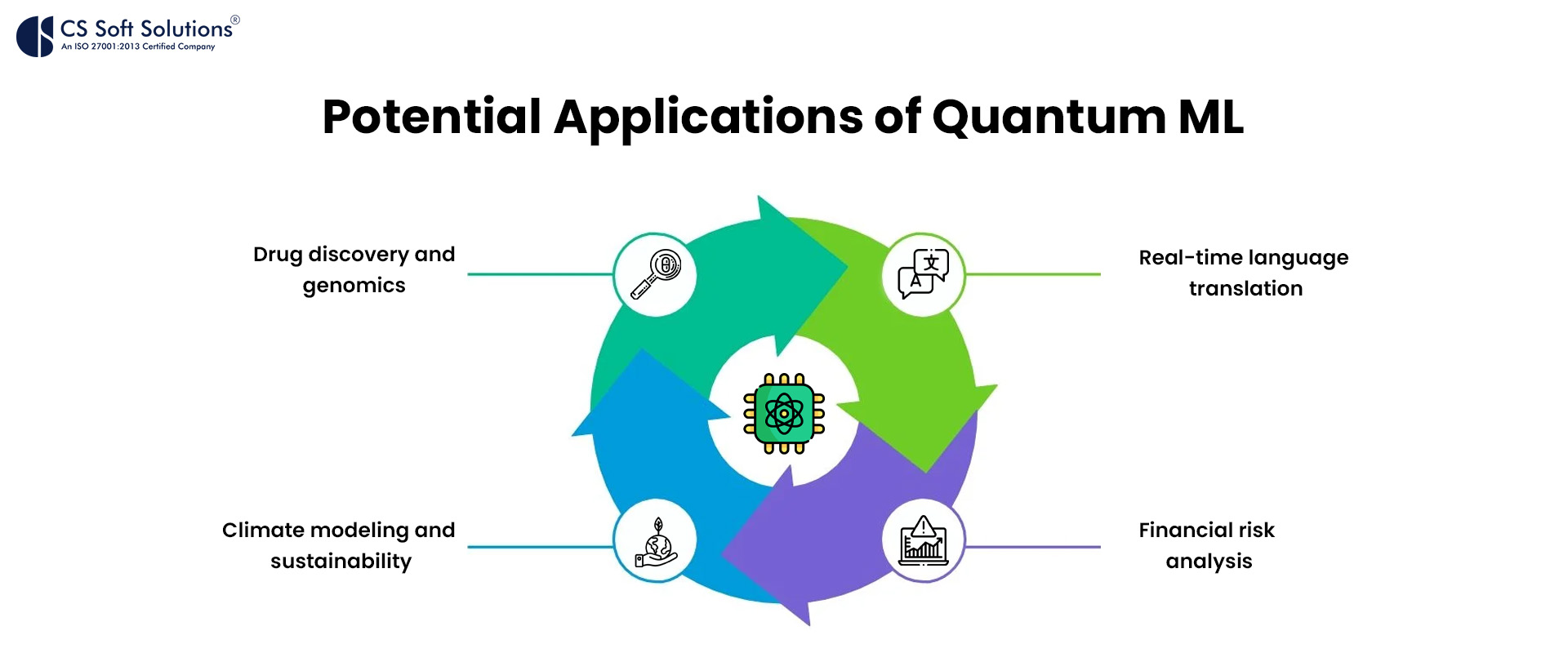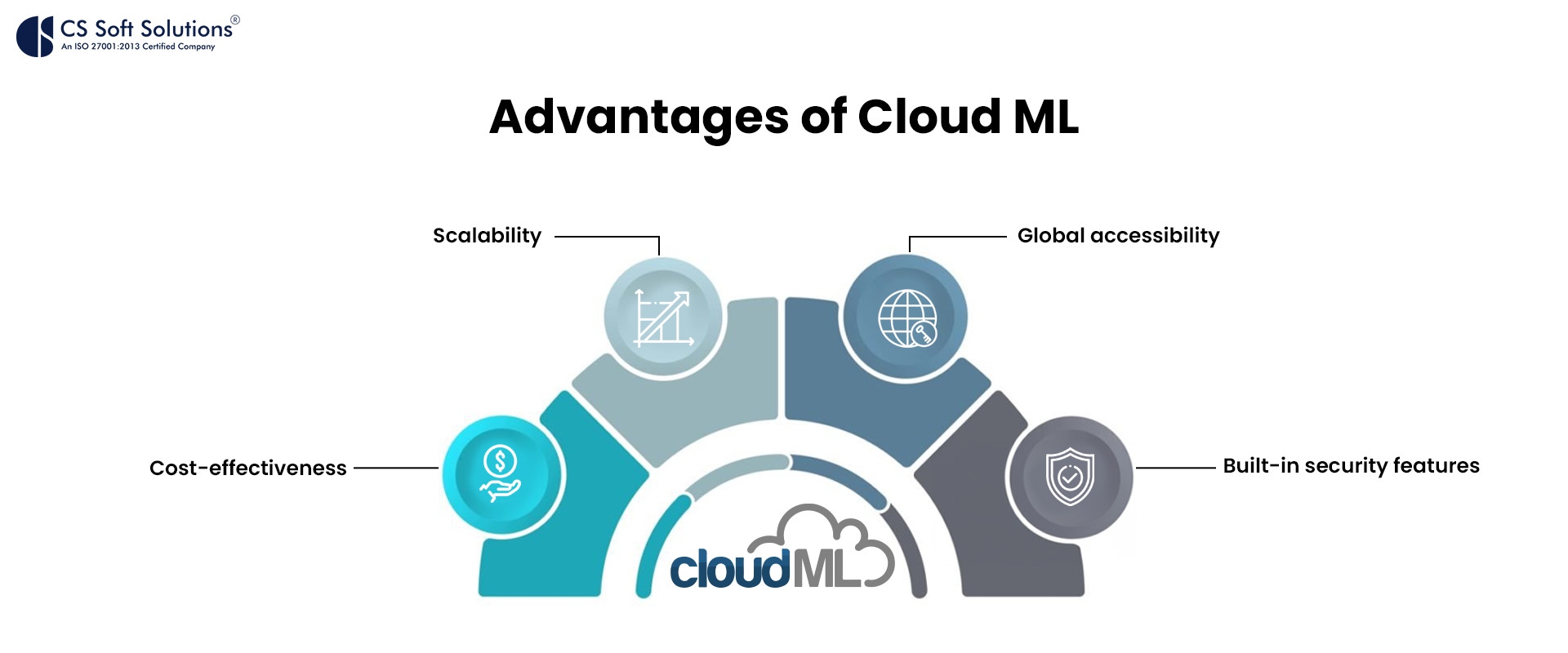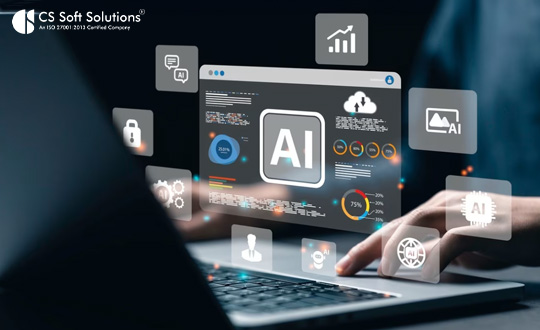
In this blog, we examine the key breakthroughs, problems, and good practices in the training of ML models and delve into their relevance to mobile application development and AI consulting services.
The Shift Toward Automated Machine Learning (AutoML)
The most prominent changes in the development of Machine Learning Model Training are AutoML. Traditional ML model training is not easy; it requires expertise and vast amounts of data, feature engineering, and hyperparameter tuning. However, AutoML automates all these stages and thus enables businesses to develop high-performance models with minimal manual intervention. 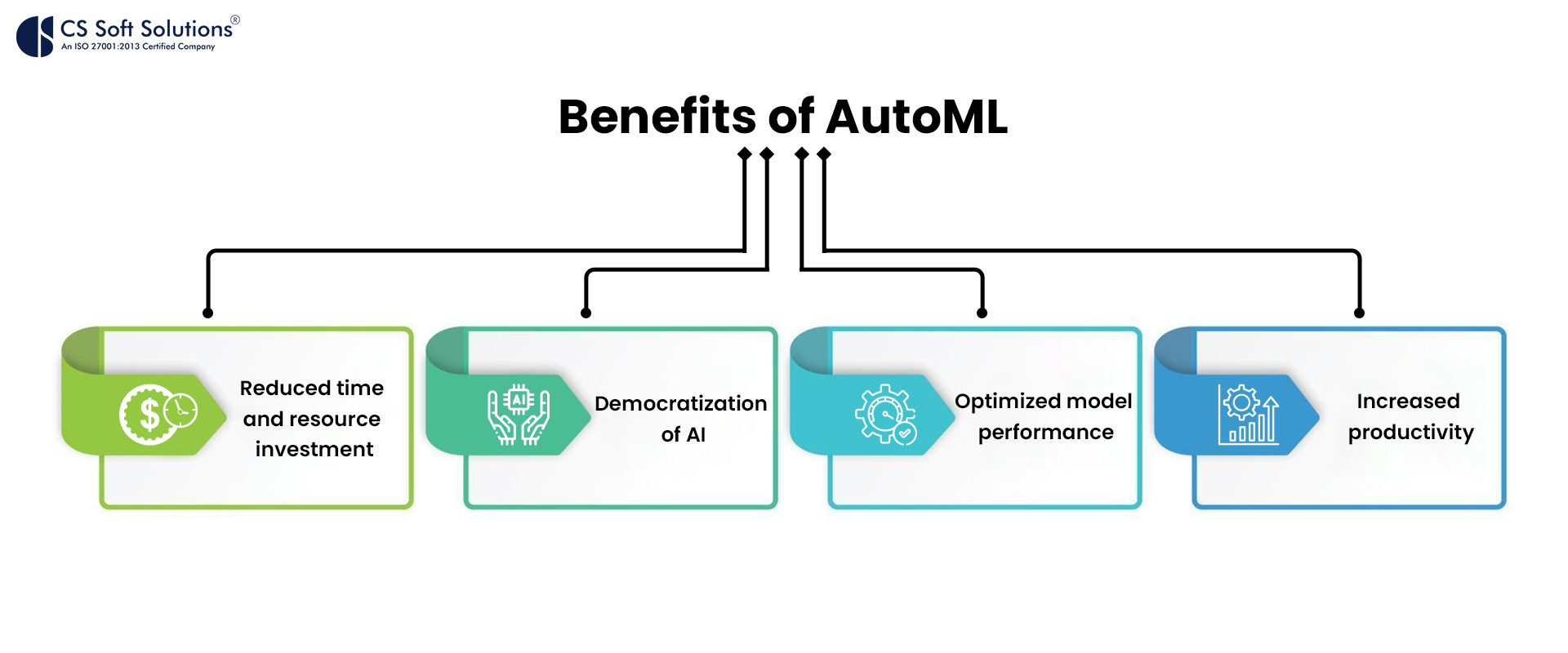
- Reduced time and resource investment – Automates the ML pipeline, allowing faster deployment.
- Democratization of AI – Enables non-experts to build and deploy ML models.
- Optimized model performance – Automatically tunes hyperparameters for improved efficiency.
- Increased productivity – ML engineers can focus on refining models rather than manual tuning.
Companies investing in AI consulting services now frequently use AutoML tools to expedite model development and improve efficiency.
The Growing Role of Transfer Learning
Transfer learning is another trend gaining momentum. Instead of training a model from scratch, transfer learning allows developers to leverage pre-trained models and fine-tune them for specific tasks. This technique significantly reduces computational costs and training time while improving accuracy.
Applications of Transfer Learning:
- Image and speech recognition – Enhances computer vision models with pre-trained datasets.
- Sentiment analysis in mobile app development – Enables better customer insights.
- Fraud detection in finance and eCommerce – Identifies patterns based on historical data.
- Healthcare diagnostics – Leverages existing medical datasets for early disease detection.
Using transfer learning, firms can deploy extremely powerful ML models with less data and effort.
The Integration of Federated Learning for Privacy-Preserving AI
With the growing issue of data privacy and security, federated learning is becoming an important innovation in Machine Learning Model Training Development. Unlike traditional ML models that require centralized datasets, federated learning enables model training across multiple devices without sharing raw data.
Key Advantages:
- Enhanced privacy – Data remains on local devices, reducing exposure to security risks.
- Real-time learning on edge devices – Improves model personalization without central data collection.
- Reduced dependence on cloud storage – Lessens the need for massive centralized servers.
- Complies with the regulation: It complies with privacy laws such as GDPR and CCPA.
Google and Apple companies are already using federated learning within their mobile ecosystems, and this has implications for how mobile app development and AI applications might be fashioned in the future.
Impact of Quantum Computing on ML Training
This technology promises to transform Machine Learning Model Training Development into processing complex data at unprecedented speed. Quantum ML is still a new technology and will revolutionize massive computational tasks, bringing about breakthroughs in the areas in question.
Potential Applications of Quantum ML:
- Drug discovery and genomics – Accelerates molecular modeling for medical advancements.
- Climate modeling and sustainability – Improves forecasting for environmental protection.
- Real-time language translation – Enhances AI-driven multilingual communication.
- Financial risk analysis – Optimizes algorithmic trading strategies.
AI consulting services are closely monitoring quantum advancements to integrate them into ML model training pipelines for superior performance.
The Rise of Explainable AI (XAI) in Model Training
As AI models become more complex, understanding their decision-making processes is increasingly critical. Explainable AI (XAI) aims to make ML models more transparent, helping businesses and developers:
Benefits of XAI:
- Improved trust in AI systems – Users and regulators can understand model decisions.
- Regulatory compliance – Aligns with AI ethics and transparency laws.
- Reduced bias and errors – Help developers identify and mitigate biased predictions.
- Better debugging and model improvement – Provides insights into model behavior for optimization.
XAI is especially important for industries like healthcare, finance, and law, where explainability is key to ethical AI implementation.
Cloud-Native ML Training for Scalability and Cost Efficiency
The shift toward cloud-native ML training is another defining trend. Cloud-based ML services provide scalable infrastructure, reducing the need for expensive on-premises hardware.
Advantages of Cloud ML:
- Scalability – Easily handles large datasets and computational loads.
- Cost-effectiveness – Pay-as-you-go pricing models reduce upfront costs.
- Global accessibility – Enables distributed teams to collaborate seamlessly.
- Built-in security features – Cloud providers offer robust security measures.
Popular cloud ML platforms include:
- Google Vertex AI – End-to-end machine learning operations.
- Amazon SageMaker – Scalable ML infrastructure.
- Microsoft Azure Machine Learning – Cloud-powered AI development.
Cloud ML enables businesses to train, deploy, and manage ML models efficiently, making it a game-changer for startups and enterprises alike.
Ethical AI and Bias Mitigation in ML Training
As ML adoption grows, ethical AI considerations are gaining importance. Bias in training data can lead to unfair outcomes, affecting decision-making in critical applications like hiring, lending, and law enforcement.
Strategies for Bias Mitigation:
- Ensuring diverse and representative training datasets – Reduces model bias.
- Implementing fairness-aware algorithms – Adjusts model predictions for equity.
- Regularly auditing AI models – Identifies and corrects biased patterns.
- Transparency in AI decision-making: This builds trust and accountability.
AI consulting services are an important aid in helping to construct ethical AI solutions with fairness and transparency standards for organizations.
Conclusion: Preparing for the Future of ML Model Training
Excitement in the future of Machine Learning Model Training Development with the emerging trends expected to be much more efficient, scalable, and ethical in AI systems. Businesses investing in AI need to be ahead of these advancements to compete.
Important Takeaways:
- AutoML and transfer learning are making ML development faster and more accessible than ever before.
- Federated learning and quantum computing are reshaping privacy and computational capabilities.
- Explainability AI and ethical considerations are critical for trust and compliance.
- Cloud-based ML solutions are scalable and cost-effective for AI deployment.
Now is the time to take advantage of AI if you are developing a mobile application or require expertise through AI consulting services.
Claim Your Early Access! to advanced AI solutions by partnering with CS Soft Solutions India Pvt. Ltd. that drives innovation and efficiency.
Stay ahead in the AI revolution—contact us today to explore how ML can transform your business!





